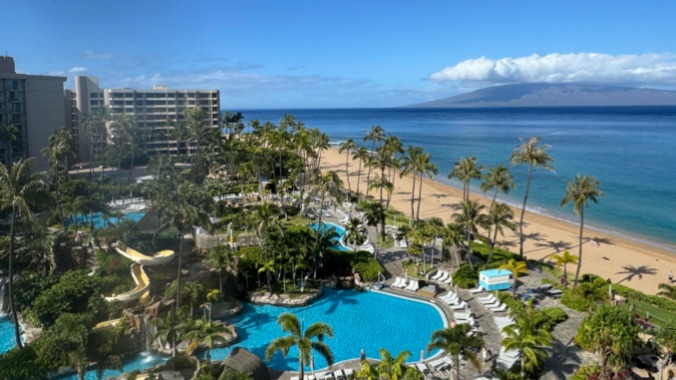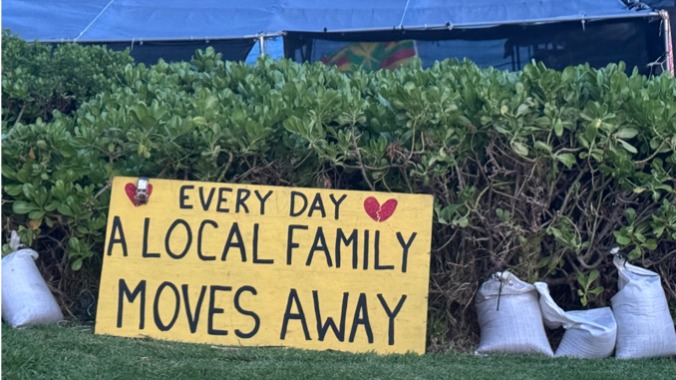There’s Never Been a Better Time to Visit West Maui—Responsibly
Photos by Josh Jackson
Last August, a series of fires on the west coast of Maui, Hawaii, claimed the lives of 101 residents, most of whom had received no real warning of the spreading danger from authorities. More than 2,000 structures were damaged or destroyed, mostly homes, along with the historic downtown Lahaina district which once served as the capital of the Kingdom of Hawaii. FEMA moved residents into the island’s then-evacuated hotels. Families with historic roots on Maui were forced to move elsewhere.
But housing shortages were a growing issue even before the fire. Outside investors have been converting residential homes into short-term rentals as more travelers opted for AirBnBs. Rents and home sales skyrocketed in neighborhoods once filled with locals. In November, protesters set up fishing camps on the beach to advocate for accountability, affordable housing and to “keep Lahaina lands in Lahaina hands.” The camps finally came down after 170 days earlier this month as Lahaina Strong celebrated the passage of Senate Bill 2919, which limits short-term rentals in residential neighborhoods. Only four of the island’s hotels still house displaced people.

As the island recovers, those residents who rely on the tourism industry would once-again welcome those who travel with a respect for the local communities. Most hotels reopened months ago to those with existing reservations. But tourists have been slow to rebook, unsure what is waiting for them in West Maui. Having just returned from Ka‘anapali, just north of Lahaina, I can report that the same paradise awaits. Just maybe don’t rent out a home outside the more touristy locations, thinking you’re going to get a more authentic local experience. In fact, that’s probably a good rule of thumb anywhere you go.
I stayed at The Westin Maui Resort & Spa, Ka’anapali, in their recently renovated Hokupa’a Tower. The room overlooked the property’s lush waterpark, as well as the beach, the ocean and, in the distance, the neighboring islands of Lāna’i and Moloka’i. The tower was designed to compete with more upscale options like the Ritz Carlton further north, but right in the heart of Ka’anapali Beach. Tower guests gain access to the Lānai, an exclusive area that includes a bar, a buffet and wading pool, where you can also learn how to make your own lei po’o or weave coconut palm fronds.
During the day you can snorkel right off the beach or walk down to the Black Rock, where I counted at least seven green sea turtles foraging in the shallows. You can also book a catamaran, which will pick you up right next to the hotel for a snorkeling trip at Honolua Bay, just nine miles to the north. A full quarter of Hawaii’s reef fish are found nowhere else in the world, including a trio of striking butterflyfish. You may also see monk seals, spinner dolphins, and, during the winter months, the island’s humpback whales. You can also surf, sail or take a trip on an outrigger canoe.
-

-

-

-

-

-

-

-

-

-

-

-

-

-

-

-

-

-

-

-

-

-

-

-

-

-

-

-

-

-

-

-

-

-

-

-

-

-

-

-











































